#BASIC Programming
Explore tagged Tumblr posts
Text

On Incremental Improvement:
With VCF Southwest almost here, and having run into a dead end on getting NetBSD running on my 68030 homebrew computer, Wrap030, I decided to circle back to my multi-user BASIC kernel. There are some important features the system is needing to get it ready for running as an exhibit for all three days of the show.
Memory Protection
There's a fun couple fairly standard BASIC commands, PEEK and POKE. The former will read a byte of memory from a specified address, and the latter will write a byte. These were commonly used in the 8-bit era to manipulate hardware registers. For instance, POKE 53280,1 on the Commodore 64 would set the screen frame color to white by writing 1 to the address 53280.
While there were ways to cause problems by writing bad values to the wrong address, on a single-user home computer the impact was only to the one user. On a multi-user system however, PEEK could be used maliciously to look at private data from other users. An errant POKE command could overwrite user data, kernel data, even code being run by users.
A good multi-user system needs some way to prevent one user from accessing memory used by another user, and to prevent users from overwriting shared code. The Motorola 68030 has a couple tools to solve this problem: separate supervisor & user states, and a built-in Memory Management Unit (MMU).
The supervisor state has access to all instructions and registers in the CPU. The user state is blocked from running certain instructions that would change system state or CPU configuration. I was already using supervisor state for my kernel and user state for BASIC programs, but it doesn't prevent users from accessing memory that doesn't belong to them.
That's what the the MMU is for.
The MMU takes the memory address the CPU is outputting (the Logical Address) and uses a table to remap it to a new address (the Physical Address). That table can hold additional information about how a particular region of memory can be used, and can be configured by the kernel at any time.
So we can, for instance, set up the table to mark the program code for BASIC as read-only when the CPU is in the user state. Or remap the memory allocated to each user so that it always starts at logical address zero. In fact, there's also nothing that requires the entirety of physical memory to be mapped — so as far as one user program is concerned, the other users' memory doesn't even exist.
Adding MMU support to my Multibasic kernel has been a goal from the beginning. It's a challenge though. The 68k MMU is a very capable, very complex beast. It supports tables that are up to four levels deep, supports page sizes from 256B to 32kB, and can use separate data and code tables for both supervisor and user states. It's something I've struggled to understand, but my work with NetBSD helped show me how to use it.
I decided to use 32kB pages and only map the 16MB of actual RAM I have installed. This allowed me to use a single-level table with 512 entries. During startup, the kernel initializes the supervisor table and a table for each user. When switching users, only the Root Pointer register in the MMU needs to be updated point to that user's table.
I was able to get the table initialization running after a few rewrites. And then realized I had forgotten to update the user initialization routines to point to their new logical addresses. And I was using the wrong table entry marker for the user tables, so the MMU was expecting more table entries instead of reading page descriptors. This got me to the point of the kernel running with the MMU enabled and I could even run a user program or two in BASIC, but if I tried to run three user programs, things got ... weird.
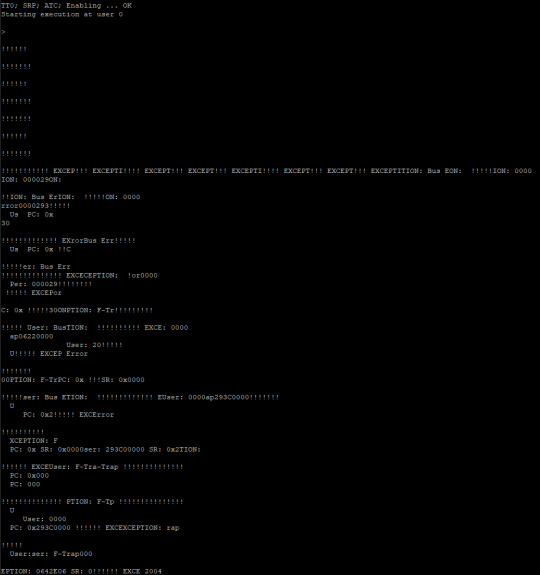
Overlapping exceptions is never a good sign. Or, it usually isn't. In this case I was trying to print out some debugging data for exceptions which takes a relatively long time. Longer than my timer interrupt, in fact … I had forgotten to disable the timer at the start of an exception handler. My timer was doing exactly what it was supposed to, I just needed to stop it when handling exceptions. That fixed the overlapping exceptions, but I still couldn't run more than two programs at a time.
This one had me stuck for a while, but I finally decided to review the NetBSD source to see what I was doing differently. All of my initialization and task switching code looked similar; there was just one thing that stood out to me as being different — NetBSD was clearing CPU cache on task switch and I wasn't. The 68030 doesn't have a large cache, surely that's not the probl…
It was the CPU cache.
Once I added the single instruction to clear cache when switching users, everything ran smoothly no matter how many programs I ran.
Loading from Disk
Having to enter programs by hand each time you want to run one is no fun. It's tedious and error-prone. Sure, it was common four decades ago for books and magazines to publish listings of BASIC programs. But after taking the time to carefully enter in hundreds of lines of code, most people are going to want to save the program to disk so it can be quickly reloaded later.
In my case, I would like to have a few demos, games, and interactive programs available for my exhibit. I do not want to have to type them in by hand every morning. It's time I finally sit down and figure out how to add file loading to EhBASIC.
The EASy68k applications page has a link to an archive of EhBASIC that supports the EASy68k simulator's I/O traps. This was the perfect starting point. All I needed was to add new system calls to my kernel for similar file open, read, and close operations, then update the EhBASIC file handling routines to use them.
I started by copying the Elm-Chan FAT filesystem library I had used for my bootloader into my kernel. It's a great minimal C library for FAT-formatted disks that doesn't take much to get up and running. I was able to write wrapper functions for its f_open(), f_read(), and f_close() functions that worked with my existing system call format.
This went surprisingly well. I found that EhBASIC was trying to re-open the file after each line, so I did have to update my code to keep track of whether it had reached the end of the file yet. That got me to the point where it would read the entire program and echo it to the terminal, but it couldn't run anything. It turns out EhBASIC was using address refused A0 for a line pointer; gcc C convention treats A0 as a scratch register that doesn't normally need to be saved. I just had to be sure to save the register contents to memory before calling the filesystem library functions.

Finally, I can load programs from disk instead of having to type them in manually every time!
Printing Disk Contents
It would be really helpful to be able to see what programs are on the disk. Loading a program requires entering the LOAD command followed by the filename. That's hard to do without knowing what programs are available.
Luckily, the Elm-Chan FatFs library also has functions for reading directory contents. I just needed to add three new system calls for the directory counterparts to the previous file operations.
EhBASIC didn't already have a command for printing directory contents though, I would have to add one. I wrote the function and was able to use the built-in CALL command to run it by the compiled address of the function, but CALL $100178 is not the easiest to remember.
I tried adding a new command, CAT (short for Catalog, a common directory listing command for early BASIC systems), to the command tables. All it would give me was a Syntax Error, however. I eventually stumbled onto the answer for this one — when parsing a line of code, EhBASIC will check if the token for a given keyword is greater or less than the token for the TAB keyword. Keywords less than TAB are treated as commands that can be executed at the beginning of a line; keywords greater than TAB must follow another statement such as PRINT. All I needed to do was move my new CAT command above TAB in the table.
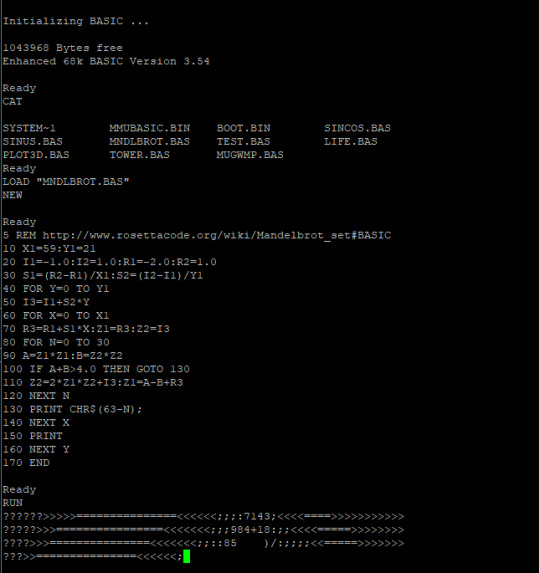
On Incremental Improvement
These three new features go a long way towards making the system something robust enough and usable enough that I feel good about running it as an interactive exhibit for VCFSW this year.
But more than that, these new features bring my little Multibasic kernel just that much closer to a "proper" operating system — it is now a preemptive multiuser kernel with hardware memory protection and the ability to load programs from disk.
It currently does not support saving files to disk (intentionally omitted for now), doesn't support dynamic memory allocation, and can't run any processes other than the eight instances of BASIC. But it is starting to look the part. And I am definitely proud of the work that I have managed to do on this project.
If you would like to see Wrap030 running Multibasic in person, I will be exhibiting it June 20-22, 2025 at VCF Southwest in Richardson, Texas. This will be the third annual VCFSW since it was rebooted after a decade-long hiatus, and the third year in a row that I have had the opportunity to exhibit and volunteer for the show. This year is bigger than ever with over 90 exhibitors & vendors and a full schedule of workshops, talks, & presentations. If you're in the area, I highly recommend attending!
#wrap030#mc68030#motorola 68k#motorola 68030#debugging#vcfsw#vcf southwest#retrotech#homebrew computing#homebrew computer#retro computing#vintage computing#vintage computer festival#vintage computer festival southwest 2025#os development#operating systems#basic programming
15 notes
·
View notes
Text
Get started with QBasic ...

Contents At A Glance
Introduction to QBasic
Using The QBasic Environment
Working With Data
Operators And String Variables
Advanced Input And Output
Making Decisions With Data
Controlling Program Flow
Data Structures
Buit-In Functions
Programming Subroutines
Disk Files
Sound And Graphics
Debugging Your Programs

Post #344: Greg Perry & Steven Potts, Crash Course in QBasic, The Fastest Way To Move To QBasic, Second Edition, QUE Corporation, Indianapolis, USA, 1994.
#programming#retro programming#vintage programming#basic#basic programming#education#qbasic#quickbasic#qbasic programming#microsoft#que corporation#i love qbasic#i love quickbasic#dos programming
18 notes
·
View notes
Text
Small Visual Basic Tutorial, Level 2, Variables ...

This introduction offers an overview of Small Basic and this book series. It is not meant for kids under the age of 13, not to be board or feel distracted. Teachers, parents and beginners of higher ages may read it to realize what this series is about, where sVB came from and what it can do. This can allow them to provide some answers to questions that may be asked by curious kids. (Mohammad Handy)
Post #243: Mohammad Hamdy, Small Visual Basic For Kid Programmer, Level 1, Hello Rogrammung, Kindle-Edition, 2024.
#programming#coding#programmieren#small basic#education#coding for kids#microsoft#i love small basic#basic programming#basic for ever
3 notes
·
View notes
Text
youtube
this is so cool, they even linked where you can download these books from the 80s
3 notes
·
View notes
Text
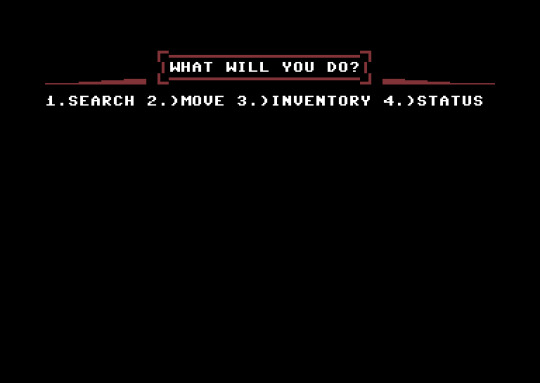
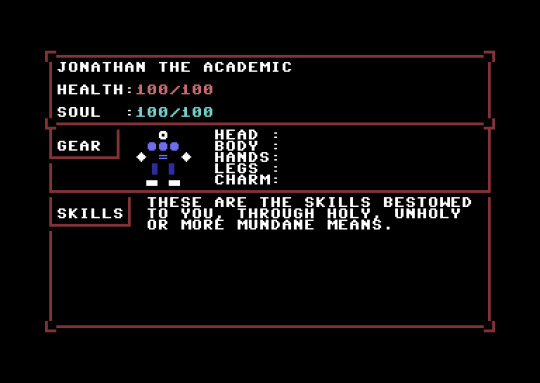


Got bored, decided to start working on programming a quite rudimentary text based roguelike in Commodore BASIC 2.0 like it's 1983, working pretty much purely off of text, so if I ever finish this project, and somehow still have motivation, it'd theoretically be pretty easy to port to anything else running a variant of Microsoft basic.
Only problem is I'm not a programmer or an artist, or a musician for that matter, so if this little project ever does get finished don't expect anything mind-blowing, this is purely a passion project, but I'd love to do a physical release on cassette one day, again, assuming I get it finished. I kept the game to a specific scope to maximise the chance of it actually getting finished and to try and avoid feature creep.
2 notes
·
View notes
Photo
At first, I was going to say...

But that's not really accurate. More like...
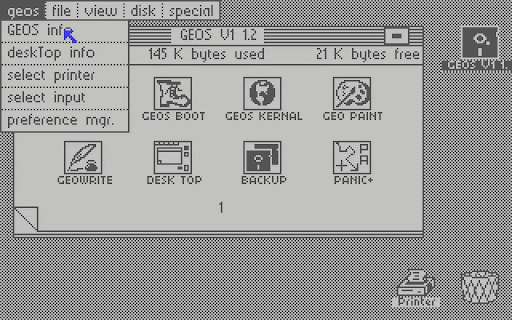
But i guess that's not really accurate, either. Really, it was...
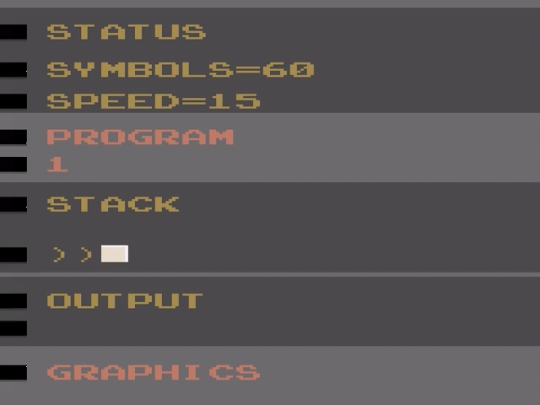
(Edit: I guess now that I think about it, MacOS 1.0 came out before GEOS, so those two should be swapped. The Commodore 64 originally came out before the first Macintosh computer, though)

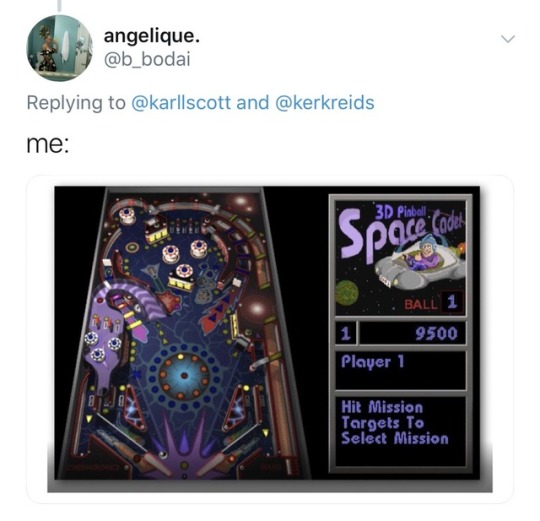
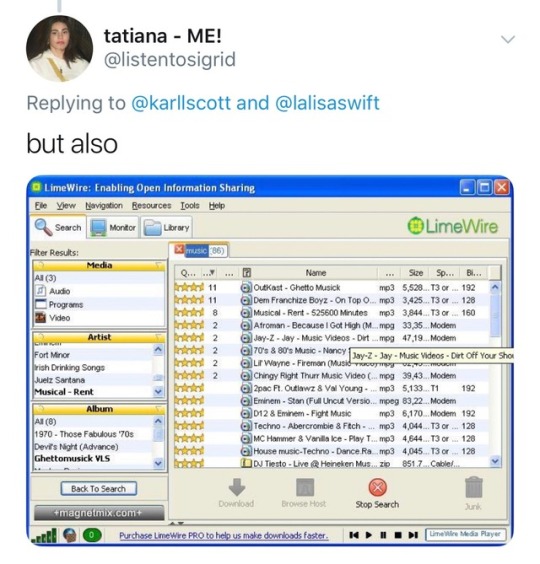
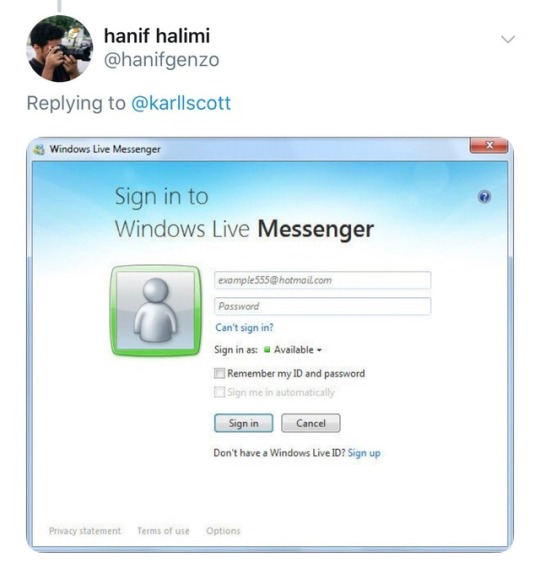
244K notes
·
View notes
Text
Moon Lander Simulator: A Text-Based Ode to Apollo-Era Engineering
Platforms: Linux, Windows, macOS (Terminal/CLI) License: Creative Commons Attribution-NonCommercial-ShareAlike 4.0 (CC BY-NC-SA 4.0) Languages: C, Python, Rust, BASIC (QB64, FreeBASIC) Author: George McGinn GitHub: https://github.com/GeorgeMcGinn/MoonLander (Source Code & Binaries) On July 20, 1969, Neil Armstrong’s heartbeat doubled as he manually guided Apollo 11’s Lunar Module to a safe…
#BASIC Programming#coding#Computer Science#programming#software-development#Technology#Vintage Games
0 notes
Video
youtube
Sinclair User Club Volume 8 for the ZX81
#youtube#Sinclair User Club Volume 8#ZX81#Collection#Compilation#Program#Programs#BASIC Programming#Radiator#Golf#Year's End#Finance#Sinclair User
0 notes
Text
BASIC - Safe the date: May 1, 1964 - 2024 ...

Post #295: BASIC Programming, May 1, 1964 - 2024, The 60th anniversary of BASIC happens this year, Safe the date!, 2024.
#basic#programming#retro programming#vintage programming#basic programming#education#ilovebasic#kemeny#kurtz#development#i love programming#i love coding#teaching#learning
59 notes
·
View notes
Text
Post #258: Advanced Bullshit Wizard, First Class Retro Software, 2023.
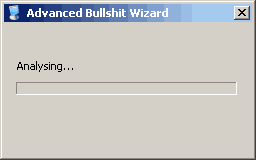
#programming#retro programming#vintage programming#education#gwbasic#basic programming#basic#wizard#bullshit#retro software#vintage software
2K notes
·
View notes
Text
What are you really thinking about programming paradigms?

Source: www.freecodecamp.org
Post #173: FreeCodeCamp, by Germán Cocca, Programming Paradigms, Paradigm Examples For Beginners, May 2022, Buenos Aires, Argentina, 2023.
#coding#programming#small basic#programmieren#microsoft#coding for kids#i love small basic#education#basic programming#basic for ever#programming paradigm#programmier paradigma#paradigma#prardigm
23 notes
·
View notes
Text
BBC Basic for SDL2 – for 80s fans!

It is very interesting Basic, I find it for myself. So, I search for Basics for some time. What kind they can be. To have a compiler. It was exe with output. Ide, maybe. And I find this thing.
It is very interesting experience. More close to 80s. And retro programming. This is about how to write program. How to set name for variable, rules how to make functions, procedures. It is very different from Quick basic 4.5. So, I can say, gold standard of Basic. Qb64 looks like that. Free Basic too.
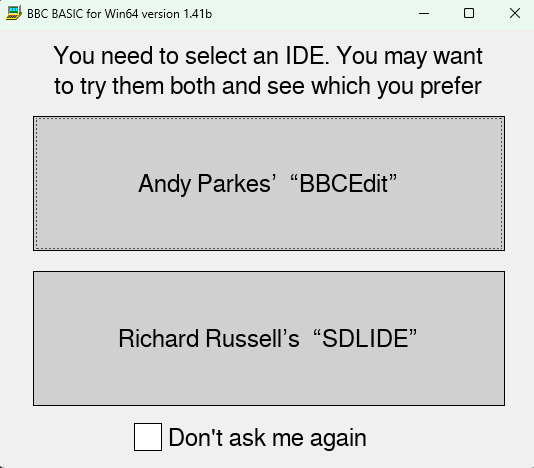
And, this thing BBC does not look that way. It is similar with Basic. Of course, this is Basic. But it is different from those title, the way how to write program. I am not expert now to speak about technical side. I simply write several games. And I like it.
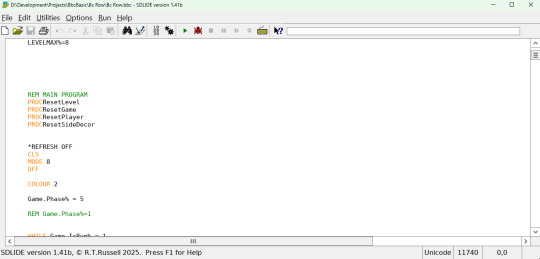
I simply want to mention about this kind of retro programming. It is very interesting thing! It can be downloaded from official website. It has everything. You run exe with Basic. It has two Ide for your selection. And you write there a code. Second IDE can do exe for your program.
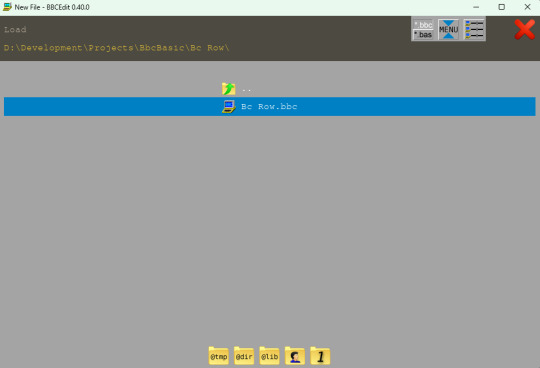
So, programming there, it is different from Free Basic. For those who gives a value and are interesting about interesting experience – the way to write program. So, about 80s.
For example, before you want 8 bit computer or something ancient from start 90s. With aim to programming. You can try this Basic. It has a good documentation. For those who gives a values for full retro!

iron (hardware) and programs. From time to time i restore computers, retro computers. Try retro soft. Check some programs. And write about all of these. Dima Link is making retro videogames, apps, a little of music, write stories, and some retro more.
WEBSITE: http://www.dimalink.tv-games.ru/home_eng.html ITCHIO: https://dimalink.itch.io/
#bbc basic for sdl2#retro programming#ide#80s programming#1980s#bbc micro#basic#8 bit#modern qbasic#programming tool#soft#software#development tool#cool thing#unique basic#oldschool#8 bit computers#write program#code editor#retro soft#basic programming#compile#like 80s#modern 80s
1 note
·
View note
Text
The British computer magazine INPUT was a weekly computer course and compilation published by Marshall Cavendish International Ltd. from 1984 to 1987. A total of 52 issues were published, with issue 52 containing the index. INPUT was published regularly in England, Ireland, Australia, New Zealand and Malta. The subtitle Learn Programming - for fun and the future promises an entertaining and relaxed way to learn programming for the languages BASIC, Assembler, Logo, Pascal, LISP and Forth. There are also tips for programming applications and computer games, as well as how to use peripherals. (C64-Wiki)
Post #330: Input, Vol. 1, Nr. 12, Learn programming - for fun and the future, Marshall Cavendish Partworks, United Kingdom, 1984-86.

From mingos-commodorepage.com 💞
#retro programming#programming#input#vintage programming#education#basic#computer magazine#learning#computer programming#basic programming
291 notes
·
View notes
Text


I came across some early CG I had made while going through my late mother’s things. Coded in BASIC. Output on a Tektronix 4051 while I was a freshman at college. Chairs were easy to model because rectangular solids were easy, and I had to enter all vertex coordinates by hand. I simulated a #fisheye lens. Pure #wireframe. No hidden surface removal. I found an ad that shows what the computer looked like.
0 notes
Note
EEEEE!! I love your stobotnik art sm! If ur open to it id love to see some more art of the pair interacting with themselves/each other in the future? 👉👈

Anyways, (eats ur art)

Stone has some regrets and Robotnik is learning some stuff
ko-fi
#ask ask ask#stobotnik#agent stone#doctor ivo robotnik#sonic movie universe#eggman is time traveling#oof tumblr really decided to murder the quality on this one#we're getting heavy into my personal headcanons here people#but yes i basically think stone blames himself for everything that has happened to the doctor#boy wishes he had been there in the mushroom planet with his boss#i think past stone blames future stone like#i would never let that happen to him. how did you fail so badly?#but stone oh stone you will. you can't stop robotnik#meanwhile robotnik is not even considering that stone might feel this way#sure he is not above blaming stone for bad stuff#but stone wasn't even THERE for this bad thing#stone was probably somewhere else following his orders#stone was following his program if you will. he can't be faulted for that#so this is something stone will always have to carry#since the doctor will never realize it's a problem#oh a happier note I love how fucking stupid the future versions look next to the past ones#they're clowns now
1K notes
·
View notes